Elvet Bridge
Though this bridge was originally built in the 12th century, only one of its 10 arches dates back that far.
More than just a way to cross over the River Wear, Elvet Bridge hides chapels, a prison, and possible hidden arches.
The Prince Bishop, Hugh de Puiset, had construction started in 1160. However, he never saw it finished as it took a long time for construction to be completed with records showing that in 1228 the church was still granting indulgences to people helping in its construction. (An indulgence was a way for someone to reduce their punishment in the afterlife for sins committed while alive.)
Not much of this original bridge remains—only one of the current arches dates from the 12th century, and the other arches are part of the 13th-century construction.
This leads to the first unusual story of Elvet Bridge. While the bridge is described as having 10 arches, there have long been rumors of “hidden” arches. Although there is no evidence of this theory, an antiquarian in the 1600s allegedly recorded no less than 14 arches. This rumor persists, with some suggesting the hidden arches are now under the streets on either side of the bridge.
In the past there were buildings on the bridge, including a medieval gate and fortification towers. Other buildings included St. James’s Chapel on the eastern end and St. Andrew’s Chapel on the western end. St. Andrew’s was built in 1280 and then collapsed in 1769, when the building was being used as a blacksmith’s shop. Parts of the former St. Andrew’s can still be seen. If you head down to the banks of the River Wear, you can see the remaining walls of the chapel from the South Side of the bridge.
In 1632, St. James’s Chapel was converted into a prison. The “house of correction” as it was referred to was eventually demolished, along with a few of the surrounding buildings in the 1700s. Bars from the prison can still actually be seen in one of the aches if you look out for them at the eastern end of the bridge.
The bridge has undergone several restorations over the years, with Bishop Foxes commissioning significant repairs in 1495. The three central arches were badly damaged in a flood in the early 1770s. The bridge was widened in 1804 to give it its current width.
Know Before You Go
There is parking in the Prince Bishops car park a hundred yards from the bridge which has direct access to the Riverside footpath.
A short walk along the riverside walk accessed under the arch at the eastern end of the bridge you will come to the nearby Count's House.

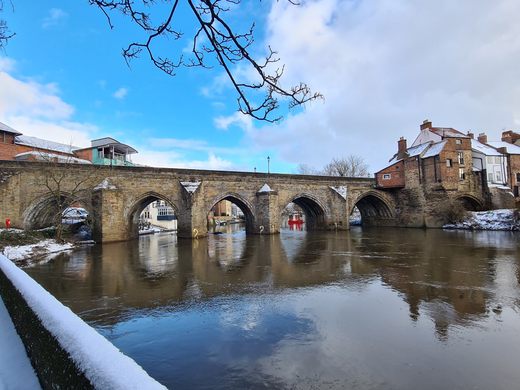
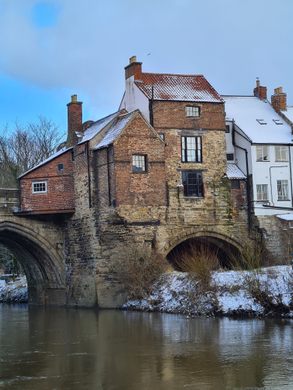
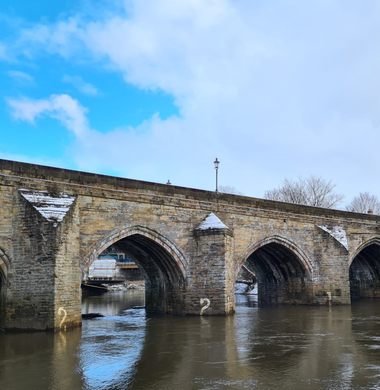

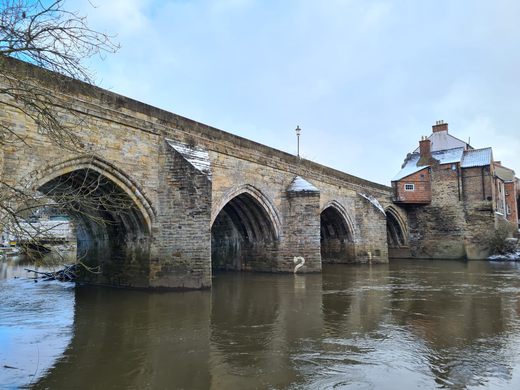










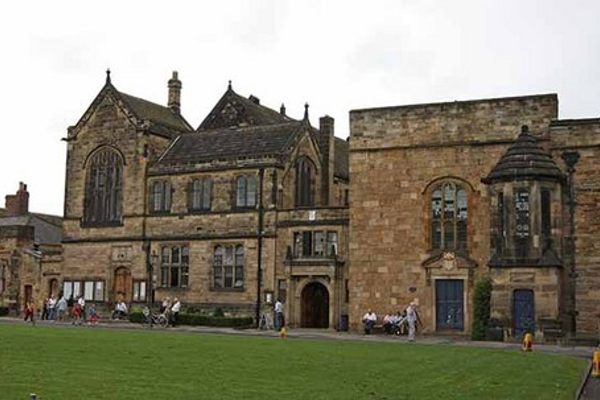

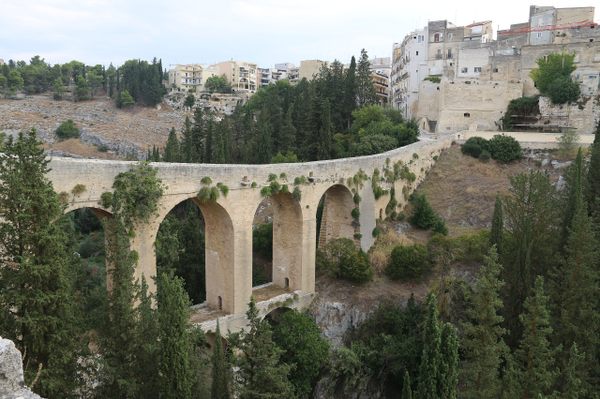
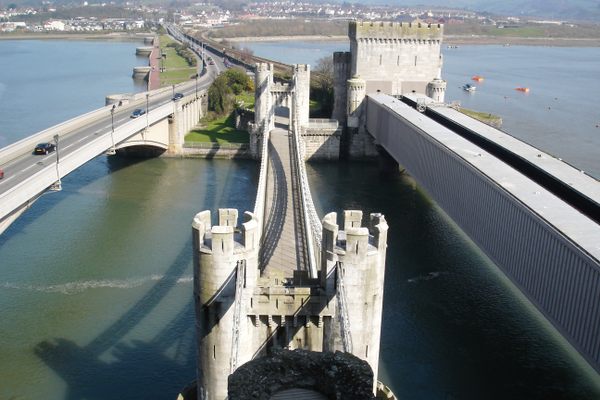



Follow us on Twitter to get the latest on the world's hidden wonders.
Like us on Facebook to get the latest on the world's hidden wonders.
Follow us on Twitter Like us on Facebook